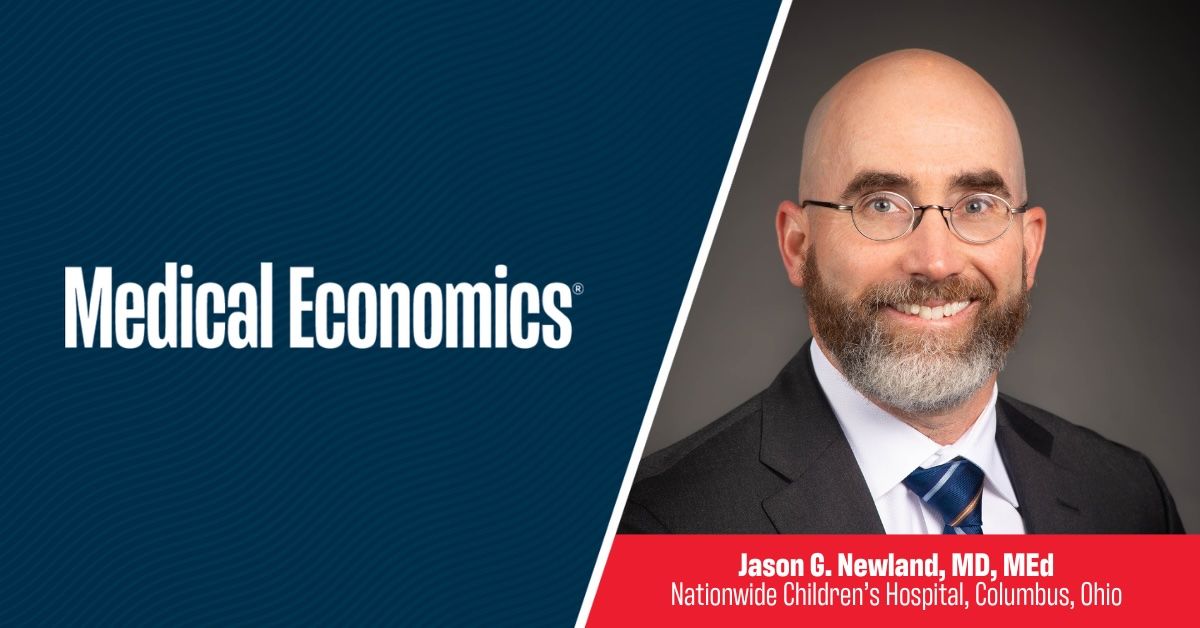Antimicrobial resistance (AMR) is a growing concern in medicine. There are at least three measures that physicians, other clinicians and patients should be aware of to combat it. Jason G. Newland, MD, MEd, division chief of infectious diseases for Nationwide Children’s Hospital in Columbus, Ohio, continues his opening discussion about the seriousness of AMR for all of health care, not just for pediatrics or infectious control experts.
This transcript has been edited for length and clarity.
A continuation of this introduction to antimicrobial resistance:
Jason G. Newland, MD, MEd: We are scared about antimicrobial resistance, and therefore what we’re doing is a lot of things. How do we prevent infections? Vaccines are a prime example. All the vaccine programs that we have, whether it’s to prevent Streptococcus pneumoniae, a bacteria common for the cause of pneumonia, both in adults and children, is a vaccine that we have, that we can all get, especially over 50. It’s for everybody. And then in our children, we give it when they’re infants. This is a tremendously important vaccine. That’s one. Two: We know about washing our hands. We know about covering our coughs. We learned during the pandemic that masks work. These things preventing infections work. And then, three, is we in the health care profession are working to know when we wish you use an antibiotic for bacteria and how long we should treat it and what dose. So we try to do this where we’re treating you as short as we can to be effective with the antibiotic that is most specific to the bacteria. And these are the sorts of strategies that have tons of ongoing research to help us, one might say, combat this antimicrobial resistance, what I’ll call the silent pandemic that is facing us currently.
